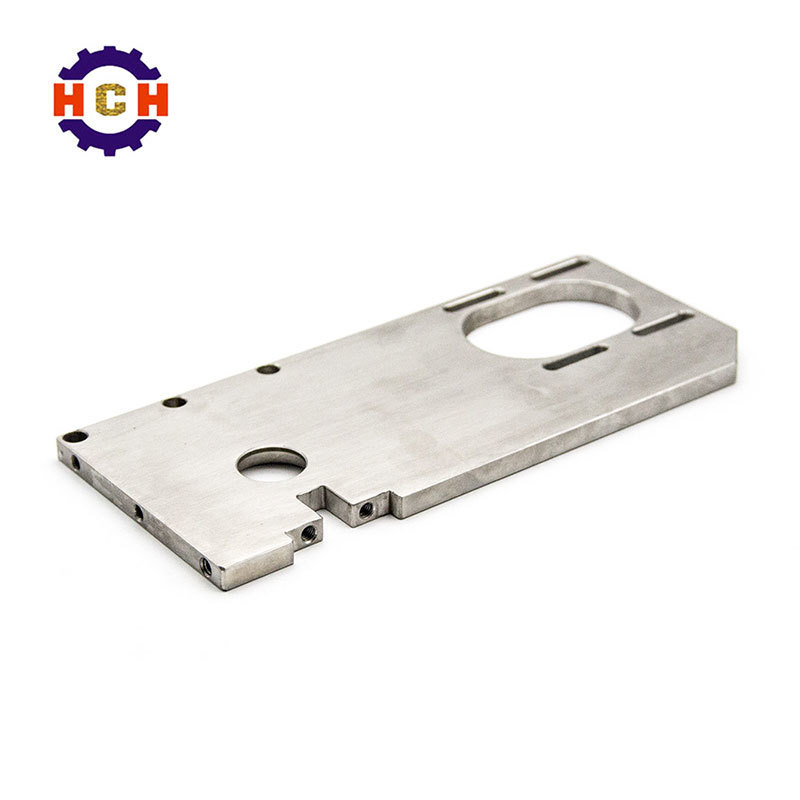There are many types of blanks, and there are many manufacturing methods for the same blank. What kinds of blanks are commonly used in common machining?
(1) castings
A blank of a part with a complicated shape should be manufactured by a casting method. At present, most castings are sand-cast, which is divided into wood mold manual molding and metal mold machine modeling. The wood mold hand-molded casting has low precision, large processing surface and low productivity, and is suitable for single-piece small batch production or casting of large parts. The metal mold machine has high molding productivity and high casting precision, but the equipment cost is high, and the weight of the casting is also limited, which is suitable for small and medium-sized castings produced in large quantities. Secondly, small castings with high quality requirements can be cast in special castings (such as pressure casting, centrifugal manufacturing and investment casting).
(2) Forgings
For steel parts with high mechanical strength, forging blanks are generally used. Forgings are available in both free forgings and die forgings. Free forgings can be obtained by hand forging (small blanks), mechanical hammer forging (medium blanks) or press forging (large blanks). The forgings have low precision, low productivity, large machining allowance, and the structure of the parts must be simple; suitable for single and small batches, as well as for manufacturing large forgings.
The precision and surface quality of die forgings are better than free forgings, and the shape of the forgings can be more complicated, thus reducing the machining allowance. Die forging is much more productive than free forging, but requires special equipment and forging dies, so it is suitable for large and medium-sized forgings.

(3) Profile
Profiles can be divided into round steel, square steel, hexagonal steel, flat steel, angle steel, channel steel and other special sections. There are two types of profiles: hot rolling and cold drawing. Hot-rolled profiles have low precision, but are inexpensive, and are used for blanks of general parts; cold-drawn profiles are small in size and high in precision, and are easy to realize automatic feeding, but the price is high, and it is mostly used for large batch production, suitable for automatic Machine tool processing.
(4) Welded parts
The welded part is a joint obtained by a welding method. The advantage of the welded part is that the manufacturing is simple, the cycle is short, and the material is saved. The disadvantage is that the vibration resistance is poor, the deformation is large, and the mechanical processing can be performed after the aging treatment.
In addition, there are stampings, cold extrusions, powder metallurgy and other blanks.

The determination of the blank not only affects the economics of the blank manufacturing, but also affects the economics of machining. Therefore, when determining the blank, it is necessary to consider both the thermal processing factor and the cold processing requirements, so as to reduce the manufacturing cost of the part from the determination of the blank